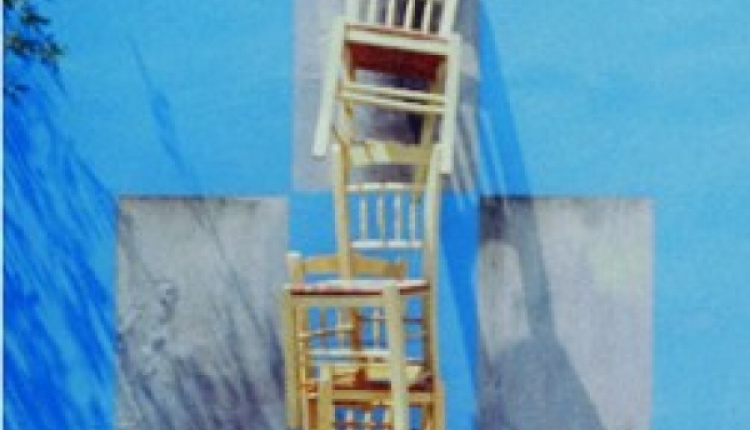The Classic Greek Taverna Chair Made For Comfort

By contrast, the classic Greek taverna chair is made for comfort. Its rush seat is soft. The back slats provide support as well as ventilation. The braces at the base lend stability (and a place to prop your feet) – stability for leaning in to participate in conversation or to help oneself to a meze in the center of the table. Plus it is light; chose your table and sit on down.
Greek people can spend hours at the taverna, eating their meals, drinking their ouzo, reading their paper and talking with friends. In a popular tavernas, there is at least one card game going at any time. If you prefer tavli (backgammon) you can usually find a set or two behind the bar.
Tavernas were just as popular in ancient Greece as they are in Greece today. Back then they were called kapeleion. Commenting on the ubiquity of tavernas in Athens and alluding to the militant Spartans, whose citizens were fed from common messes, Diogenes the Cynic said "tavernas are the canteens of Attica". Tavernas were a regular feature in the comedies of Aristophanes with their staff being a frequent target of his jokes.
Unfortunately, no example of an ancient taverna chair survives. We can only hope that they were as comfortable as the ones we sit on today.



